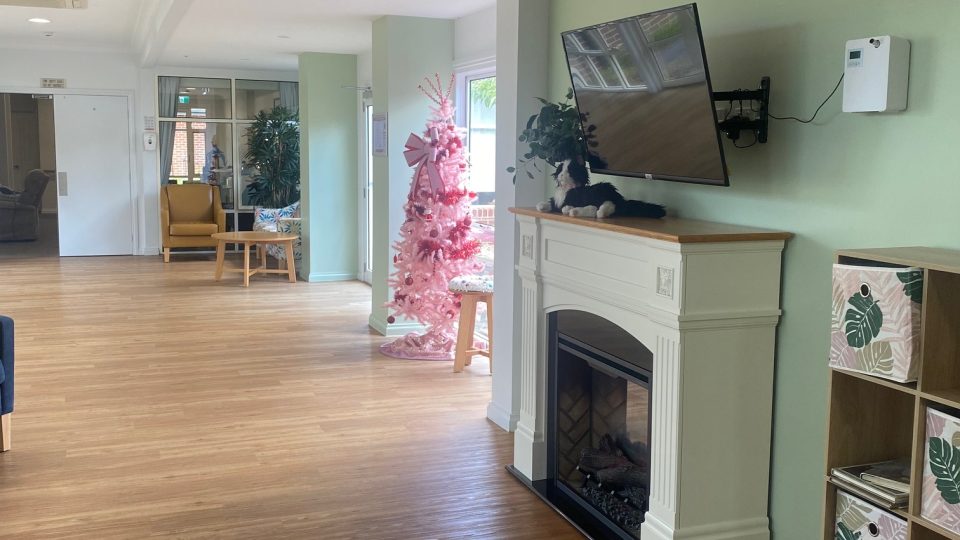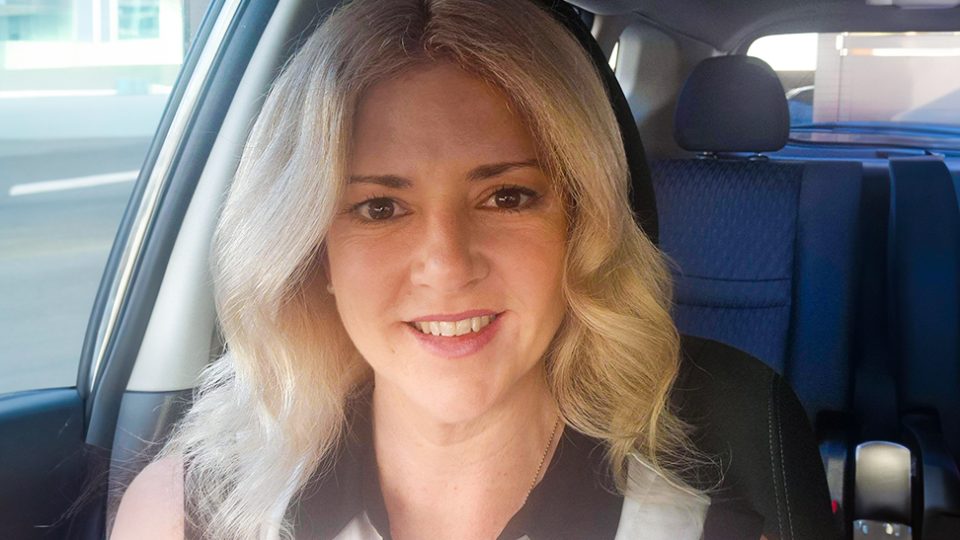Social versus affordable housing – an explainer
- 24 Jul 2023

What is the difference between ‘social’ and ‘affordable’ housing?
Many people use these terms interchangeably – but they are two different things.
Social housing refers to government-subsidised short- and long-term rentals. Two types of social housing are ‘public housing’ which is owned by the government and ‘community housing’ which is managed and sometimes owned by not-for-profit organisations. Social housing rents are calculated based on income – typically 30 percent of a renter’s income – and target people on lower incomes or benefits.
On the other hand, affordable housing refers to housing options which are available at a rent or price lower than the local market rate. Affordable housing is considered to be accessible for those on low or moderate incomes. Rents are based on market rates – typically 25 percent less than what the market is charging for similar housing.
Ten years ago, Baptcare launched a subsidiary, Baptcare Affordable Housing (BAH), providing well-located and well-built social housing for people on lower incomes who are at risk of, or are experiencing, homelessness.
To read more about our affordable housing projects, click the link below:
https://www.baptcare.org.au/services/housing/affordable-housing
Community news
-

Opening doors: transforming aged care at our Heritage Manor community
At Heritage Manor Residential Aged Care community in Morwell, a quiet revolution has taken place – one that began not with grand gestures, but with a simple decision: to open a door.
- 16 Jan 2026
-

Staff Spotlight: Annabelle Hancock
Meet Annabelle Hancock, Statewide Carer Support Liaison Officer for the Foster and Kinship care team based in Tasmania.
- 06 Jan 2026
-

Staff spotlight: Alicia Johnston
We are very proud of our talented and dynamic workforce and enjoy following their professional work journeys. Roles aren’t static at Baptcare. There is flexibility to grow and develop into different areas, such as Alicia Johnston’s experience.
- 06 Jan 2026
